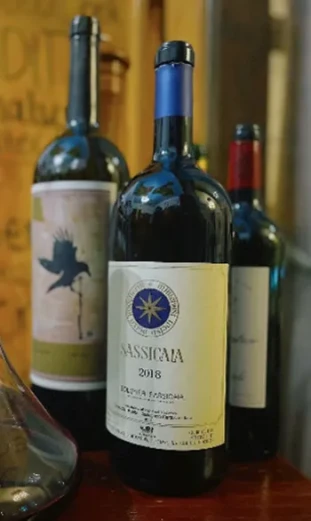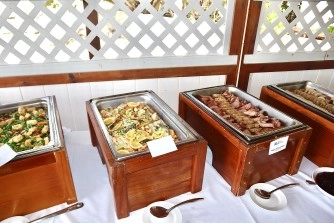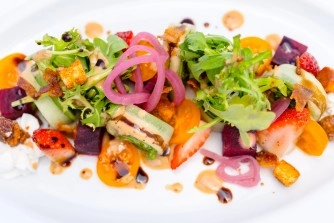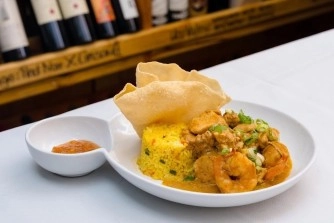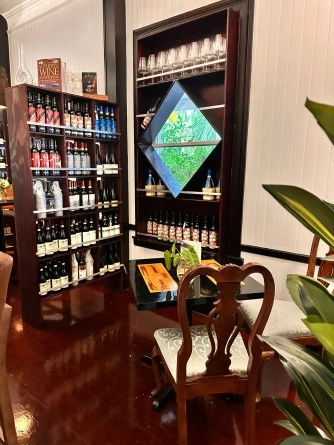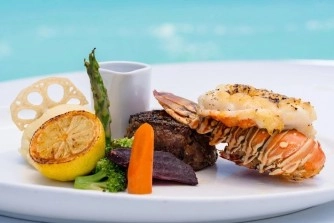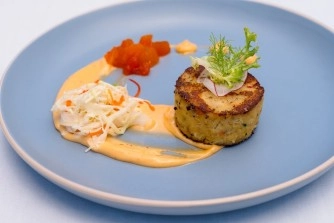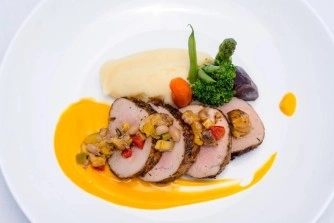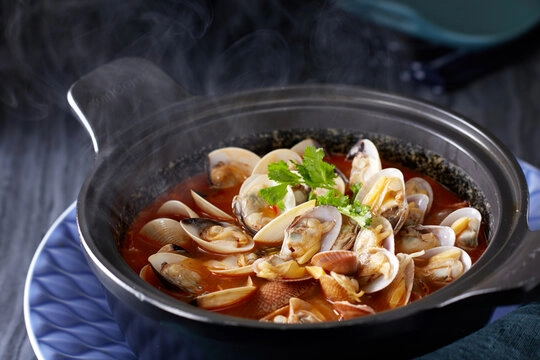
While just about everyone instantly recognizes the queen conch’s ‘beach trumpet’ shell, far fewer people are familiar with its meat.
The Cayman Islands, surrounded as they are by the deep, warm, and crystal clear ocean waters of the Caribbean Sea, are rich in marine life that has sustained the local population for centuries. Naturally, the local cuisine of the islands takes full advantage of this significant bounty.
Famous on Cayman Islands menus but relatively rare elsewhere, the queen conch (pronounced ‘conk’) is one of the world’s largest sea snails. And while just about everyone instantly recognizes its large, stunningly colored spiral ‘beach trumpet’ shell, far fewer people are familiar with its meat.
Visitors unfamiliar with the more exotic fruits of the sea should not pass up the opportunity to sample this Caribbean fine dining seafood favorite which they are unlikely to find elsewhere.
Conch is versatile and often served in stews and salads or fried into fritters. Its meat has a mild, sweet clam-like flavor, the popularity of which has made the queen conch an integral position in the Cayman Islands dining over the centuries.
When preparing a conch soup, a hearty stew, a salad, or spicy conch fritters, the tough conch flesh is tenderized before cooking. Conch fritters make for a highly popular and light lunch in Grand Cayman. Conch is sometimes mistakenly referred to as whelk, which, though related, is a different and smaller species.
Grand Old House, the grande dame of Caymanian waterfront dining, renowned for serving the best dinner in Grand Cayman, is proud of its seafood offerings, not least the conch staples on its carefully curated menu.
For a perfect appetizer, Grand Old House will prepare conch fritters, beer-battered, with jerk aioli and a mango salad. For a more substantial meal, popular lunch or dinner entrée is a braised conch stew, prepared with lemongrass rice, coconut jus, scotch bonnet, plantain, and sweet peppers.
In the early history of the settlement of the Cayman Islands, conch meat was not considered as valuable a commodity as shells. Conch shells were mainly collected and traded for blowing like a trumpet for warning ships out to sea of the dangers of rocks near the shoreline.
However, as interest in the conch as a source of food spread over the years, the increased popularity and demand for the queen conch’s tasty meat and beautiful shell have led to chronic overfishing, and in 1992 the giant snail was placed on the ‘Convention on International Trade in Endangered Species (CITES)’ list.
Local protection of the Cayman Islands queen conch stocks means there are strict rules on when they can be taken from local waters (basically November to April) and how many can be taken (five in a day per person, or 10 in a day per boat, whichever is less). Only queen conch are allowed to be harvested.
Females begin breeding between 3 and 4 years of age. They produce as many as nine egg masses per year, each containing up to a half-million eggs, in a reproductive season lasting from March to October. The embryos hatch 3-5 days after spawning.
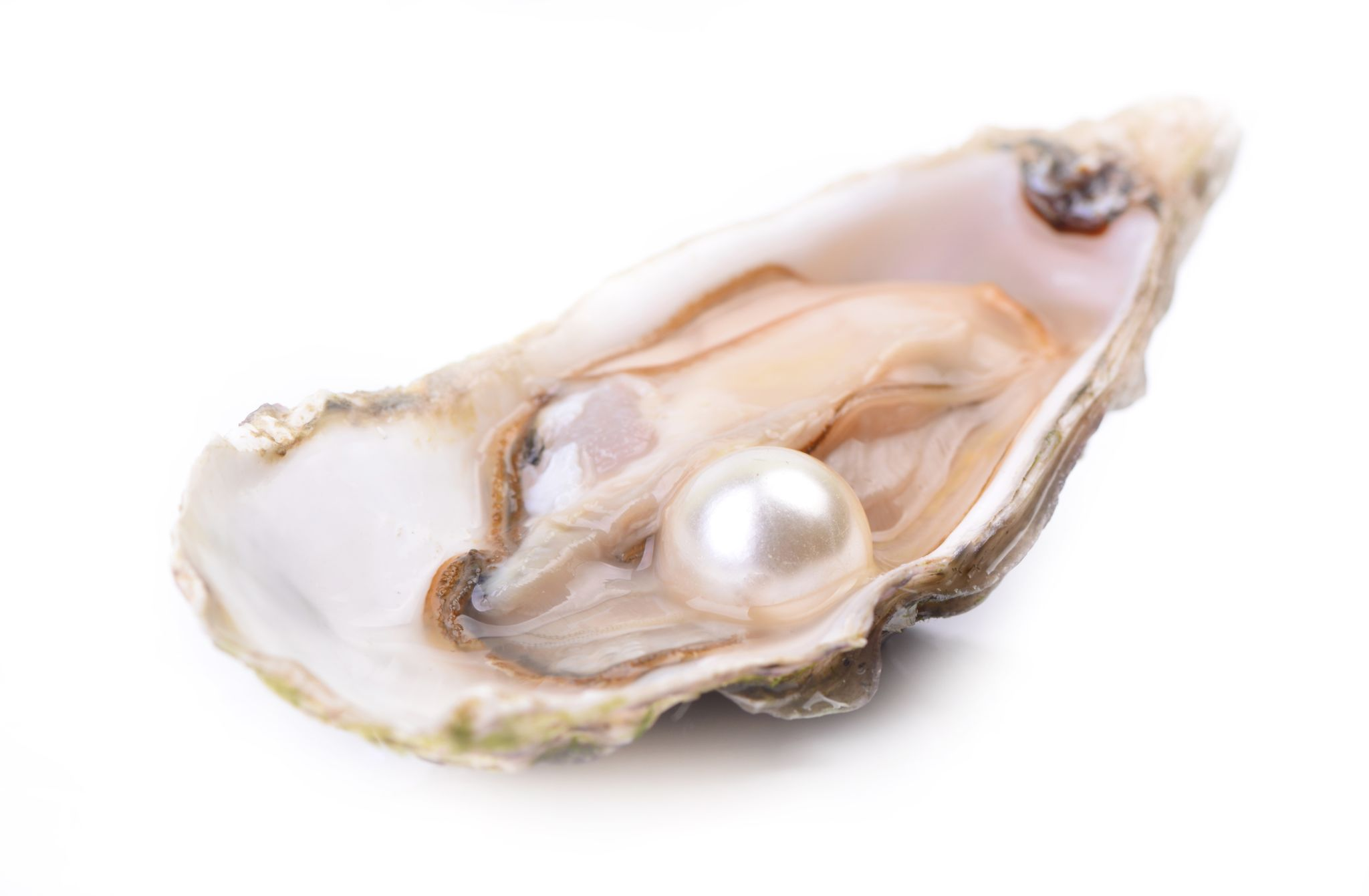
About 1 in 10,000 queen conches contain a semi-precious pearl, with pink specimens being the most valuable, but the chances of finding one in your fritter are extremely slim.


